With the rise in sustainability and urban mobility solutions, cargo bikes have become a popular eco-friendly option for transportation and delivery. However, some sceptics question whether they are difficult to ride. In this blog, we will explore the usability of cargo bikes, dispelling myths and highlighting key benefits.
Understanding Cargo Bikes
Cargo bikes, also known as freight or box bikes, are specifically designed for carrying heavy loads. They differ from standard bicycles due to their extended frame and built-in storage, usually located at the front or rear. These bikes can transport anything from groceries and packages to small furniture or even children. Their sturdy design and high load capacity make them an increasingly popular alternative to traditional vehicles.
Dispelling the Myths
Myth: Cargo Bikes Are Heavy and Unwieldy
One of the most common misconceptions is that cargo bikes are too heavy to handle easily. While they are indeed heavier than regular bicycles, modern innovations in materials and design have significantly reduced their weight. Additionally, cargo bikes are engineered for even weight distribution, allowing for a smoother, balanced ride despite the extra load.
Myth: Cargo Bikes Are Only for Athletes
Another myth suggests that you need to be physically fit to ride a cargo bike. In reality, cargo bikes are designed to accommodate riders of various fitness levels. Many models include electric assist options, enabling easier pedalling, especially uphill or when carrying heavy cargo. This makes cargo bikes accessible for people of all ages and abilities.
Myth: Cargo Bikes Are Difficult to Handle
People also believe that cargo bikes are cumbersome in urban environments. However, their low centre of gravity provides excellent stability, even when fully loaded. Although it might take a few rides to adjust, riders generally find cargo bikes to be highly manageable after some practice.
The Benefits of Riding Cargo Bikes骑货运自行车的好处
Environmental Sustainability
Cargo bikes produce zero emissions and contribute to reduced traffic congestion. By using a cargo bike for daily transport or deliveries, both individuals and businesses can actively support a cleaner, greener urban environment.
Cost-Effectiveness
In comparison to cars or motorcycles, cargo bikes are much more affordable. They have lower upfront costs, require minimal maintenance, and offer significant savings on fuel. For businesses, this means reduced delivery expenses and a more budget-friendly option.
Health and Wellness
Riding a cargo bike provides an excellent cardiovascular workout, boosting physical fitness while allowing riders to enjoy the outdoors. It’s a great way to combine exercise with practical transportation.
Community Engagement
Riding a cargo bike fosters social interactions and a stronger connection to your surroundings. By travelling at a slower pace, riders can engage with neighbours, local businesses, and their environment in ways that are less possible with motorised vehicles.
Key Things to Consider When Riding a Cargo Bike
While riding a cargo bike can be enjoyable, there are specific considerations to ensure a safe and smooth ride:
Weight and Balance
It’s essential to distribute the weight of your cargo evenly. Secure your load carefully and practise riding with different weights to understand how the bike handles.
Braking Distance
Due to the added weight, cargo bikes may have a longer braking distance. Practising in a controlled environment will help you get familiar with the bike’s braking capabilities.
Turning Radius
Cargo bikes tend to have a wider turning radius compared to standard bicycles, so extra caution is required when navigating tight corners.
Centre of Gravity
Although cargo bikes have a low centre of gravity, caution is still necessary when making sharp turns. Practise gradually to improve your confidence in handling the bike.
Awareness of Surroundings
Always stay alert to your surroundings, especially in traffic. Make use of mirrors, signal your intentions, and stay aware of pedestrians and vehicles around you.
Parking and Storage
Parking a cargo bike may require more space than a regular bicycle. Ensure you park in appropriate areas, taking care not to block pathways.
Road Conditions
Be mindful of road conditions. Adjust your speed and riding style when on wet or slippery roads to maintain stability.
Weather
Adverse weather can affect your ability to control a cargo bike. Wear appropriate gear and take precautions when riding in rain or strong winds.
Related:Is it okay to store your trike bike outside?
Practice
If you’re new to riding a cargo bike, practice in a low-traffic area until you feel comfortable. With time, your handling and balance will improve.
Visibility
Enhance your visibility by using reflectors, lights, and wearing bright clothing, especially when carrying large cargo.
Obey Traffic Rules
Always adhere to traffic laws and signals when riding your cargo bike. This ensures your safety and the safety of others around you.
Conclusion: Are Cargo Bikes Hard to Ride?
While cargo bikes may initially seem intimidating, they are, in fact, highly accessible, eco-friendly, and practical for both personal and business use. By dispelling myths and focusing on their benefits, we can encourage more people to adopt cargo bikes and contribute to a more sustainable future.
Whether you are a parent looking for a versatile way to transport your children, a business owner seeking to streamline deliveries, or an individual committed to reducing your carbon footprint, a cargo bike may be the perfect solution. With various models available, including electric-assisted options, cargo bikes are set to revolutionise urban transportation. Why not give it a try and experience the joys of riding a cargo bike?
Guess you may concern about:
What Cargo Bike is Recommended for Complete Beginners

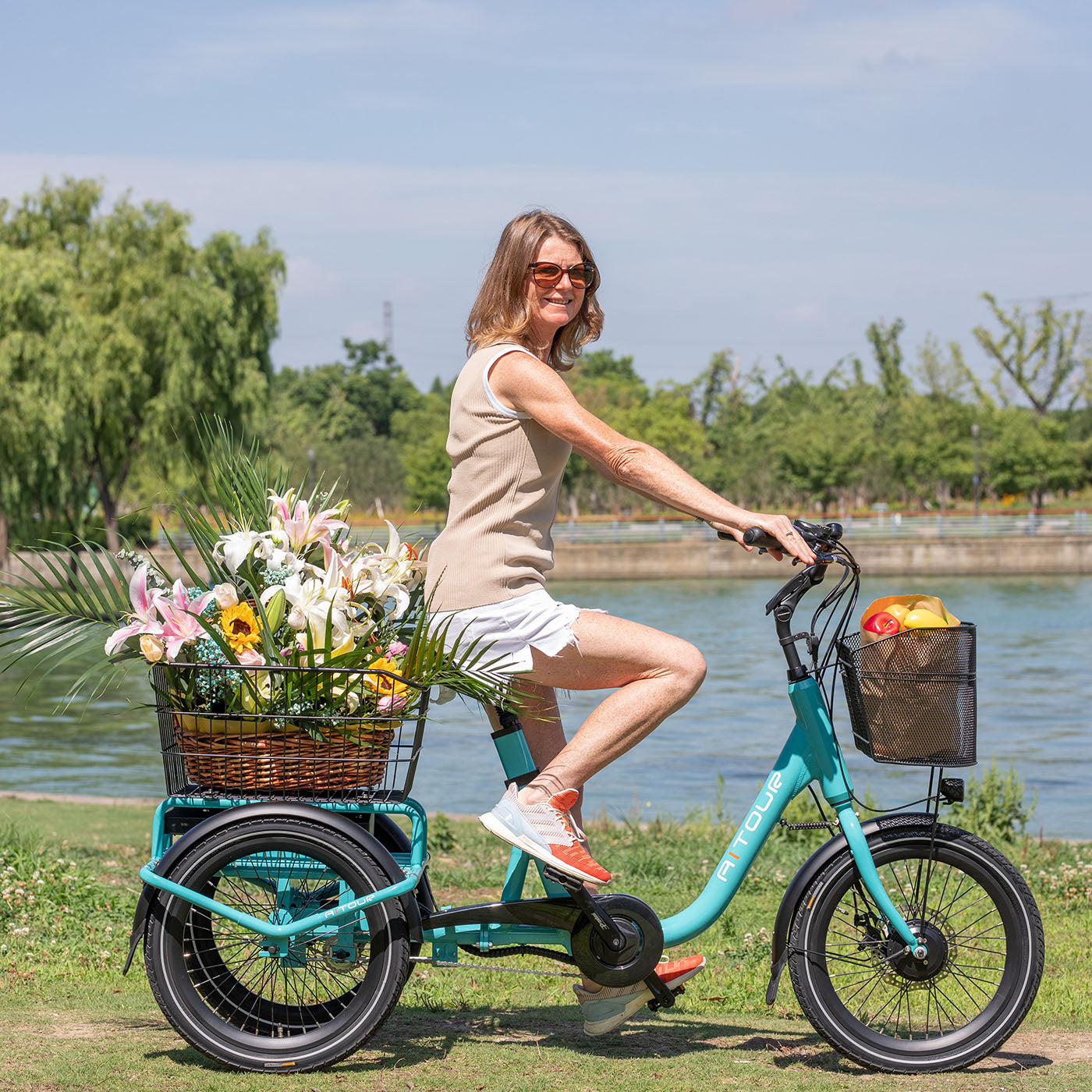
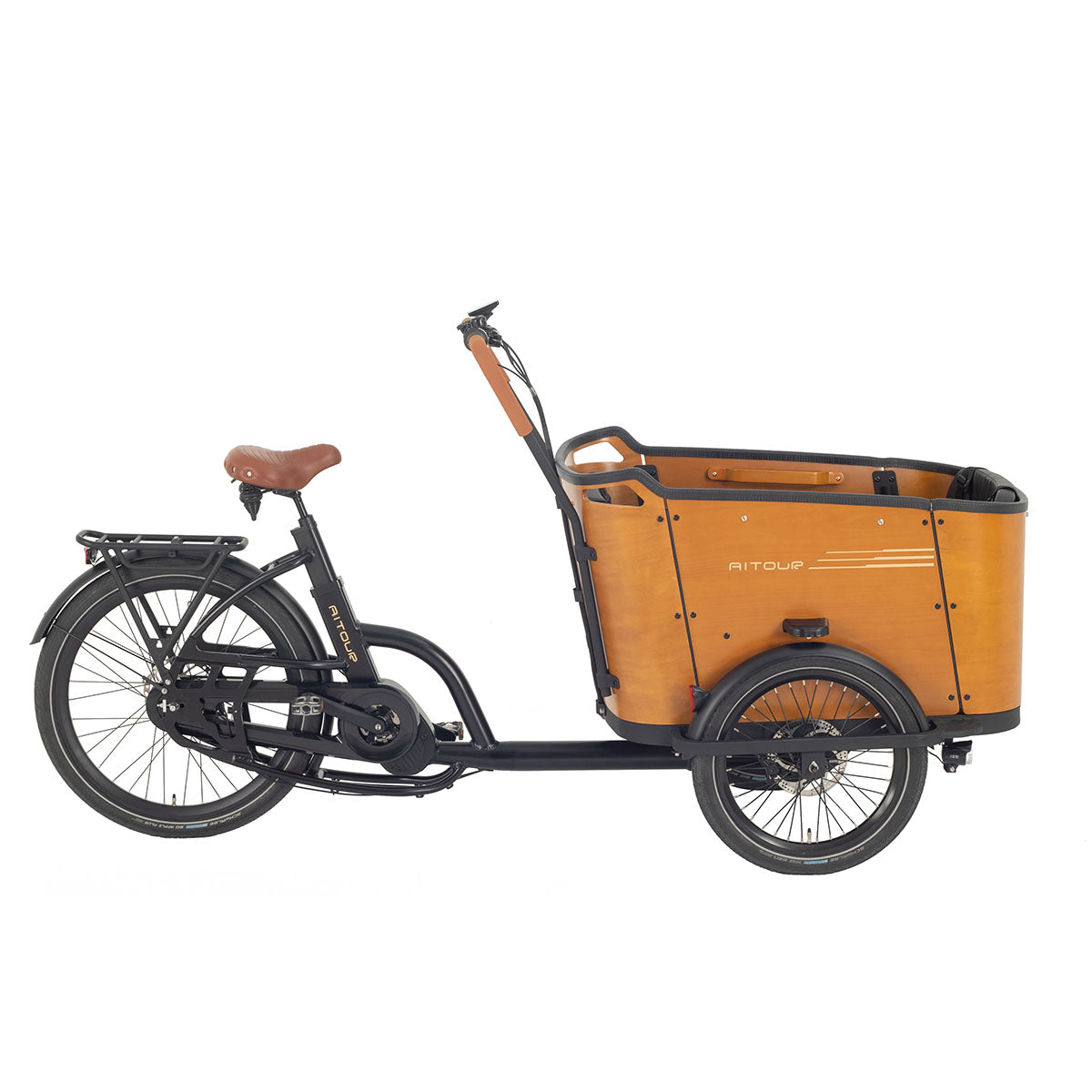
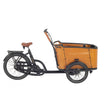
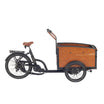
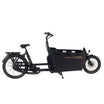
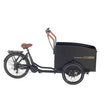
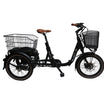
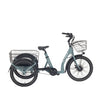

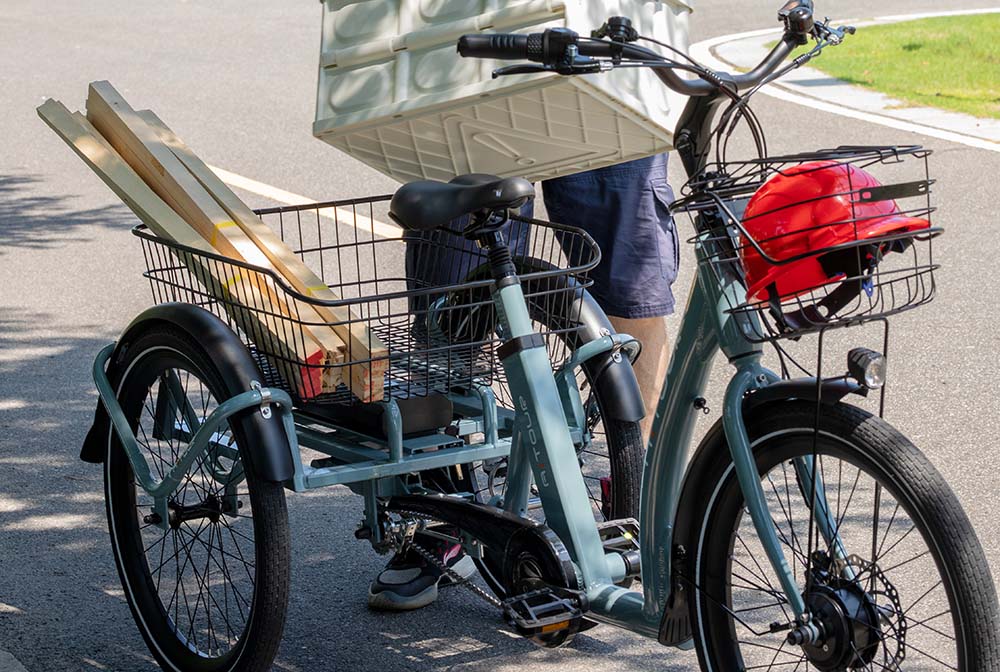
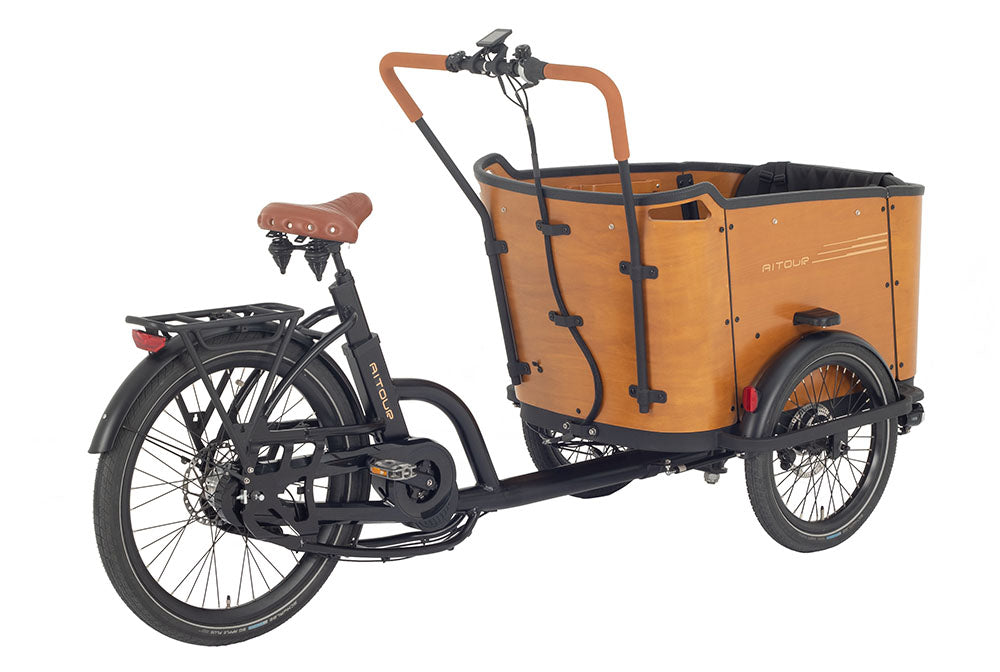
Leave a comment
All comments are moderated before being published.
This site is protected by hCaptcha and the hCaptcha Privacy Policy and Terms of Service apply.